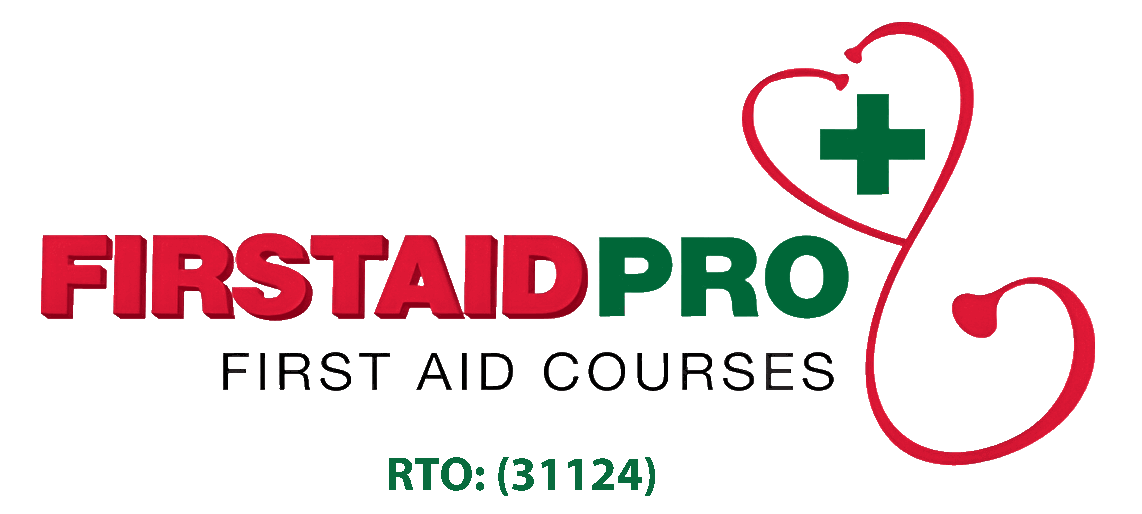School children have a knack for getting into first aid accidents, from sporting injuries to severe asthma attacks.
While pre-school kids are adorable, they can also be chaotic. The restless nature due to their age drives their spirit and is also what gets them into the most trouble.
The Role of Preschool Teachers
Most schools, including pre-schools, see as many injuries and illnesses as a busy emergency care unit.
Preschoolers often encounter bumps and bruises as they continuously explore, climb, and run all over the place. Applying band-aids is a common scene due to scrapes on the children’s elbows and knees from falling.
When accidents happen, teachers are often the first responder on the scene. Having small, young children in a classroom makes first aid preparedness an important skill in this profession.
First aid preparedness also extends to creating a safer environment for everyone. Not only should a classroom have a well-stocked first aid kit, but teachers should also know how to perform basic first aid procedures for common child injuries.
First Aid Skills a Preschool Teacher Should Know
Wound Care
Bleeding injuries are not uncommon in the schoolyard. Maintaining a good quality first aid kit and knowing how to use its supplies can make a swift and effective treatment of a wound.
Prepare a variety of bandages to tend to knee scrapes or even deeper cuts easily.
An injury with significant blood loss can lead to several complications. Teachers should know how to apply pressure to the wound properly and elevate it to help stop the bleeding. For severe cases, call medical services.
Broken bones or fractures
If a child sustains an open fracture, cover the wound using a sterile dressing and secure it in place with a bandage.
Provide support to the injured limb or body part to minimise any movement that can cause further complications.
Unless the child is in immediate danger, do not move them. Even the slightest movement could potentially worsen the severity of the injury. Provide reassurance and do not leave them until medical help arrives.
Asthma Attacks
Teachers must have current medical records of the preschoolers to determine who has an asthma condition.
Asthma attacks are usually triggered by “allergens”, which produce symptoms such as wheezing, coughing, chest tightness, and shortness of breath.
If the child is conscious, help them into a comfortable sitting position and five four puffs of an asthma inhaler. Administer it one at a time with four breaths after each puff. Repeat cycle after a couple of minutes if symptoms persist.
Monitor the child for any sign of breathing difficulty. Call triple zero (000) and repeat inhaler treatment until paramedics arrive.
Take note that a mild asthma attack can escalate quite quickly. If left with no treatment, it can cause permanent damage to the child’s lungs or, in severe cases, death.
Breathing emergencies
A child is not breathing and suddenly becomes unconscious. Begin CPR.
Tilt the head, check for breathing, and attempt to open the child’s airway. Call emergency services to ensure that help is on the way as soon as possible.
While waiting, prepare to administer CPR. Give the child 30 chest compressions at the rate of 100 per minute to get the heart pumping again.
After compressions, give the child two rescue breathes. Continue cycles of chest compressions and rescue breathing until someone with better training takes over.
Be prepared for a breathing emergency by enrolling in a CPR course.
Conclusion
Parents will have a certain sense of relief knowing their child is safe and surrounded by people that are competent, especially when it comes to first aid.
Teachers and school staff must undergo first aid training, ensuring they are equipped and compliant with government regulations. On top of that, being well-informed and first aid smart could mean the difference between life and death in child-related emergencies.
Learn first aid today to know how to treat common childhood injuries. Contact us to learn more.
